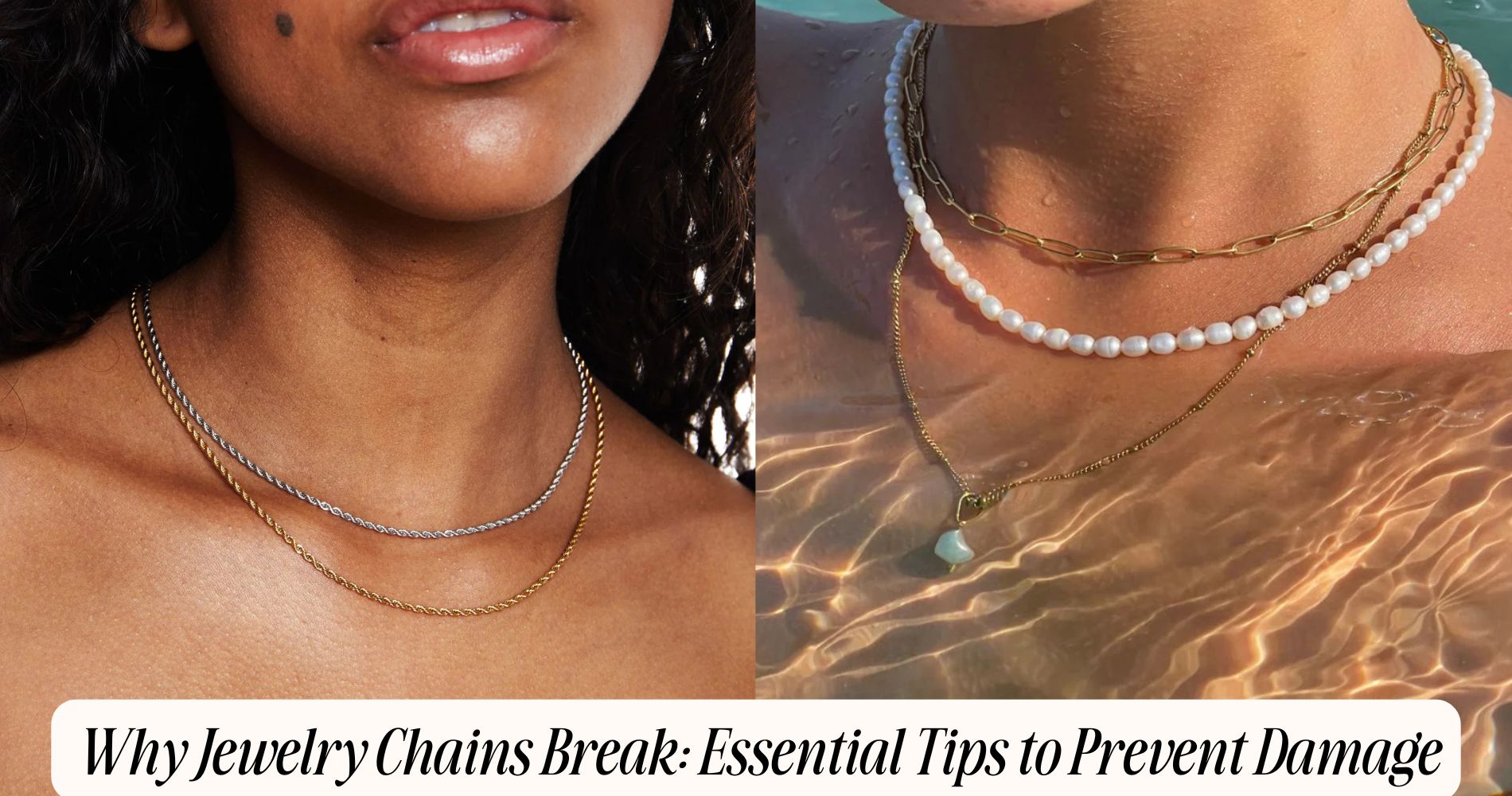
Why Jewelry Chains Break: Essential Tips to Prevent Damage
Understanding why jewelry chains break can help you prevent damage and extend their lifespan. Chains typically break due to material weaknesses, design flaws, and improper handling. Softer metals like gold and silver are more prone to damage, so it's essential to choose durable materials. For chains that offer both style and resilience, explore our waterproof jewelry collection. Keep an eye out for signs of wear, like kinks or unusual sounds, which may indicate fatigue. Proper storage in dry, cool environments helps prevent tangling and scratches. Regularly inspect for loose clasps or stiffness, and clean with mild solutions to maintain integrity. If you notice significant wear, consult a jeweler for professional evaluation and repairs. There’s plenty more to learn about how to protect your jewelry effectively.
Common Causes of Breakage
While you may not realize it, several factors can contribute to the breakage of jewelry chains. One significant aspect is the chain material. Different materials, such as gold, silver, and stainless steel, possess varying levels of strength and flexibility. If you wear a chain made from a softer material, it's more susceptible to bending or breaking under stress.
Additionally, design flaws can play a vital role in a chain's durability. For instance, intricate links that are too thin may not withstand daily wear and tear. If the design includes overly intricate or tightly interlocked components, the stress concentrated at these points can lead to fractures.
You should also consider how you handle your jewelry. Pulling on the chain or exposing it to excessive force, such as during exercise, can exacerbate the risks posed by both the material and design flaws.
Regular inspections are essential; look for signs of wear, such as kinks or stretched links. By understanding these common causes of breakage, you can take proactive steps to protect your jewelry chains and extend their lifespan.
Types of Jewelry Chains
When it comes to jewelry chains, understanding the various types can help you choose the right one for your style and needs. Jewelry chains come in different chain materials and chain styles, each offering unique characteristics and durability.
For instance, sterling silver and gold chains are popular for their classic appeal and durability. Stainless steel chains are known for their resistance to tarnishing, making them an excellent choice for everyday wear. If you're looking for something lightweight, consider chains made from aluminum or nylon, which are perfect for casual styles.
In terms of chain styles, you'll find options like cable, curb, and rope chains. Cable chains consist of interconnected oval links and are versatile for both pendants and standalone wear. Curb chains feature flat links that interlock when worn, providing a sleek look. Rope chains, characterized by twisted links, offer a more textured appearance, adding depth to your jewelry collection.
When selecting a chain, consider both the material and style to ascertain it complements your outfit and withstands daily wear. This understanding will help you make informed choices and keep your jewelry looking great for years to come.
Signs of Weakness
Jewelry chains can show signs of weakness that indicate they may be on the verge of breaking. One key indicator is chain fatigue, which occurs when the metal becomes overly stressed from wear and tear. You might notice this in the form of kinks or bends in the chain. These imperfections can create stress points where the chain is more likely to snap under pressure.
Additionally, pay attention to any unusual sounds, such as creaking or popping, when you move the chain. These noises often signal that the links are under stress, suggesting they could fail at any moment.
You should also inspect the clasps and connections; if they feel loose or are misaligned, it's a sign that the chain mightn't hold securely.
Another important aspect to monitor is the overall flexibility of the chain. If it feels stiff or doesn't move smoothly, it may be developing fatigue.
Regularly examining these signs will help you catch issues early, allowing you to take preventive measures before a break occurs. By being proactive, you can extend the life of your jewelry chain and avoid unexpected damage.
Proper Storage Techniques
To keep your jewelry chains in ideal condition, proper storage techniques are crucial. First, consider the different chain types you own, as each may require specific care. For instance, delicate chains like those made from gold or silver can tangle easily, while heavier chains might endure rough handling.
Utilize dedicated storage containers to prevent damage. Velvet-lined boxes are excellent for avoiding scratches, while compartments keep chains separated, reducing the risk of tangling and kinking. If you prefer a more compact solution, consider using a jewelry roll or pouch, which can accommodate multiple chain types without crowding them.
When storing, clasp your chains to avoid tangles, and lay them flat if possible. Avoid hanging chains, as gravity can stress the links over time, particularly for finer types.
If you have longer chains, invest in a jewelry stand or hanger designed to hold them without bending or twisting.
Regular Maintenance Tips
To keep your jewelry chain in top condition, you should regularly inspect it for signs of wear, such as fraying or broken links.
Use a gentle cleaning solution to remove dirt and oils, ensuring you don't damage the material.
Inspect for Wear Regularly
Regularly inspecting your jewelry chains for wear is essential to prolonging their lifespan and maintaining their appearance.
Start by examining the chain material closely. Different materials, like gold, silver, or stainless steel, have unique wear indicators. Look for signs of fraying, kinking, or corrosion, as these can signal potential weaknesses.
Pay special attention to the links where they connect. Weak or stretched links may indicate that the chain is nearing a breaking point. If you notice discolored areas or rough edges, these could also be wear indicators that warrant immediate attention.
Using a magnifying glass can help you spot small cracks or abrasions that mightn't be visible to the naked eye.
When performing your inspection, verify that you check the clasp as well; a faulty clasp can lead to loss or damage of the chain.
To maintain the integrity of your jewelry, make it a habit to inspect your chains every few months.
Clean With Gentle Solutions
Cleaning your jewelry chains with gentle solutions is vital for preserving their shine and preventing damage. Start by selecting appropriate cleaning agents that won't harm the metal or any gemstones. A mild soap mixed with warm water is often effective; avoid harsh chemicals, as they can weaken the chain's integrity.
For routine maintenance, use a soft-bristled toothbrush or a microfiber cloth to gently scrub the links. Focus on areas where dirt and grime accumulate, particularly near clasps or intricate designs. Rinse thoroughly with clean water to remove any soapy residue, and dry the chain with a soft cloth to prevent water spots.
If your chain features gemstones, be cautious. Some cleaning agents can dull their brilliance. Instead, opt for a specialized cleaner designed for those specific materials.
Regularly cleaning your jewelry chains not only maintains their appearance but also helps you detect any wear or damage early. Establish a maintenance routine that includes cleaning your chains every few weeks, especially if you wear them frequently. This proactive approach guarantees your jewelry remains beautiful and functional for years to come.
Store Properly and Safely
Proper storage of your jewelry chains is crucial for preventing tangles, knots, and damage over time. First, consider the chain materials; different metals and finishes require specific care. For instance, gold and silver chains can tarnish if exposed to air and humidity. Consequently, using airtight containers is a smart choice.
Invest in quality storage solutions. Jewelry boxes with individual compartments or padded inserts help prevent chains from intertwining. If you prefer a hanging solution, use a dedicated jewelry organizer that keeps each chain separate. Avoid storing chains in piles or loose in drawers, as this increases the risk of friction and potential breakage.
When storing, make certain to lay chains flat or hang them, making sure they aren't crunched or bent. For added protection, consider wrapping delicate chains in a soft cloth. If you have chains with gemstones, verify that the stones aren't in contact with one another to prevent scratches.
Regularly inspect your storage space for signs of moisture and adjust as needed. By following these guidelines, you can preserve the integrity and beauty of your jewelry chains, extending their lifespan considerably.
When to Seek Professional Help
Often, you'll find that your jewelry chain may need professional attention when it shows signs of significant wear or damage. If you notice fraying links, kinks, or a misaligned clasp, it's time to contemplate a professional evaluation.
Ignoring these issues can lead to complete breakage, resulting in potential loss of the chain or any attached pendants.
When evaluating whether to seek help, examine the chain closely. Look for any discoloration, rust, or signs of metal fatigue. If the links appear weakened or the chain feels brittle, a chain repair is essential.
Additionally, if the clasp isn't functioning properly or feels loose, don't hesitate to consult a jeweler.
Frequently Asked Questions
Can Certain Fabrics Cause Jewelry Chains to Snag and Break?
Yes, certain fabric types, like wool or lace, can snag delicate jewelry chains. To prevent this, choose smoother fabrics and regularly check your jewelry for wear, ensuring it remains secure and damage-free during wear.
How Does Humidity Affect the Durability of Jewelry Chains?
Humidity affects jewelry chains by promoting corrosion and weakening materials. For effective chain maintenance, keep your jewelry in dry environments, use anti-tarnish pouches, and regularly clean to prevent moisture buildup and prolong durability.
Are There Specific Activities That Increase the Risk of Chain Breakage?
Yes, specific activities like exercising, swimming, or sleeping while wearing your chain increase breakage risk. Prioritizing chain maintenance and adjusting your wear habits can greatly reduce damage and prolong your jewelry's lifespan.
Can I Repair a Broken Chain at Home, or Should I Seek Help?
You can repair a broken chain at home using chain repair techniques and basic home repair tools. However, if you're unsure, it's best to seek professional assistance to avoid further damage to your jewelry.
Do Different Metals Have Varying Levels of Strength and Flexibility in Chains?
Yes, different metals exhibit varying strength and flexibility due to their unique metal properties. When choosing a chain design, consider how the metal's characteristics influence durability and wearability, ensuring you select the right material for your needs.
Conclusion
To keep your jewelry chains in top condition, it's vital to understand their vulnerabilities and take preventive measures. Regularly inspect for signs of weakness, store them properly, and maintain them with care. By following these essential tips, you can greatly reduce the risk of breakage and prolong the life of your cherished pieces. If you notice any persistent issues, don't hesitate to seek professional help to address potential problems before they worsen.









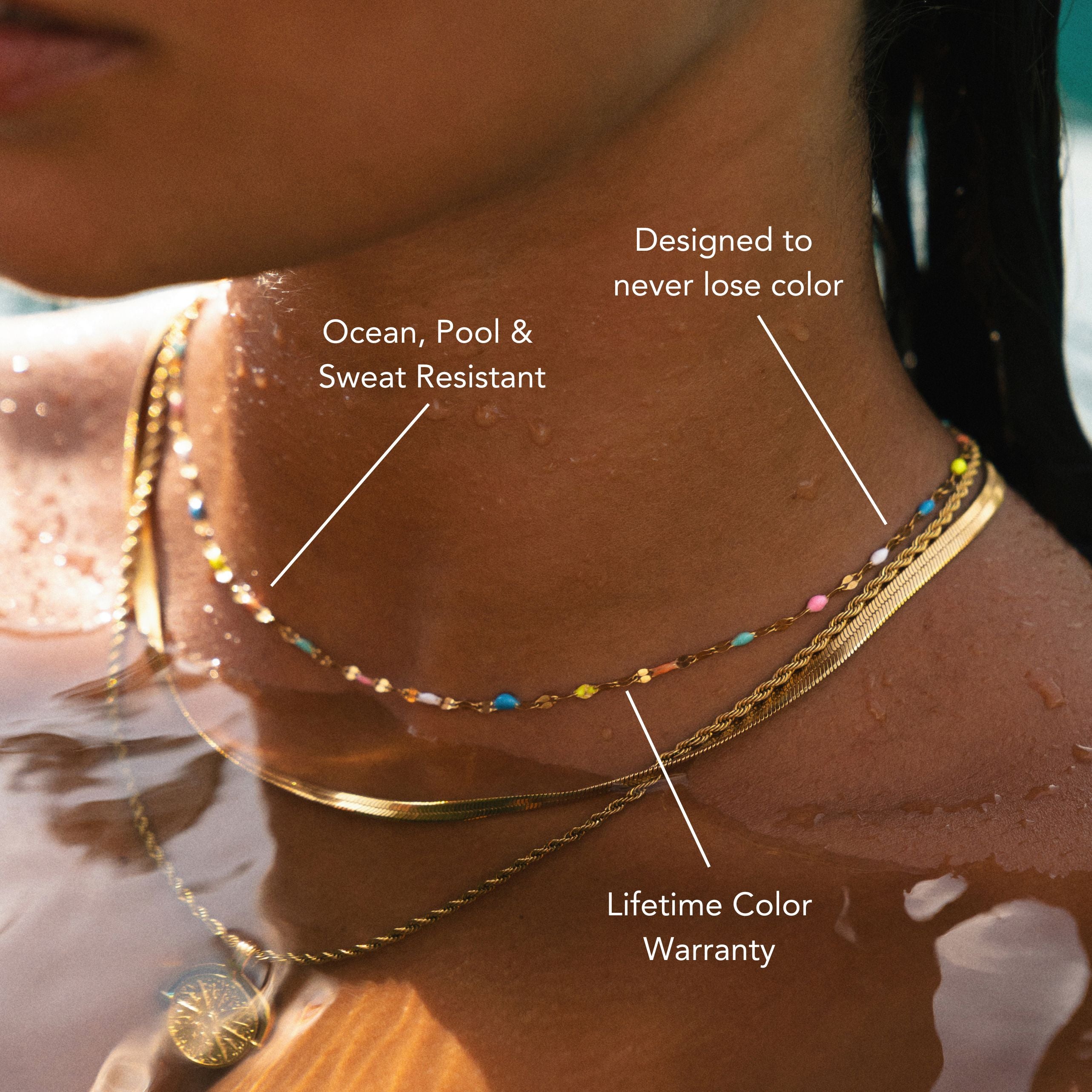
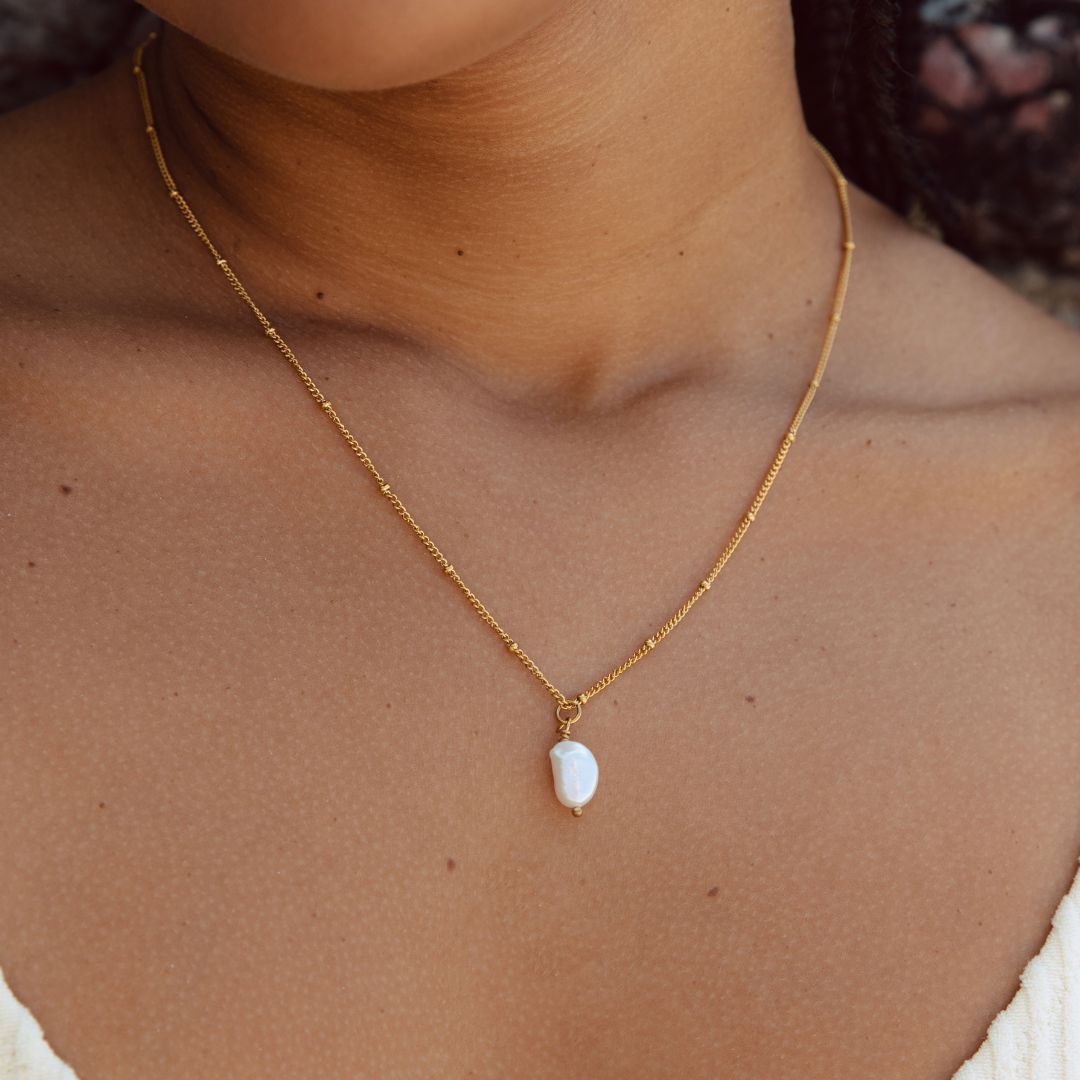

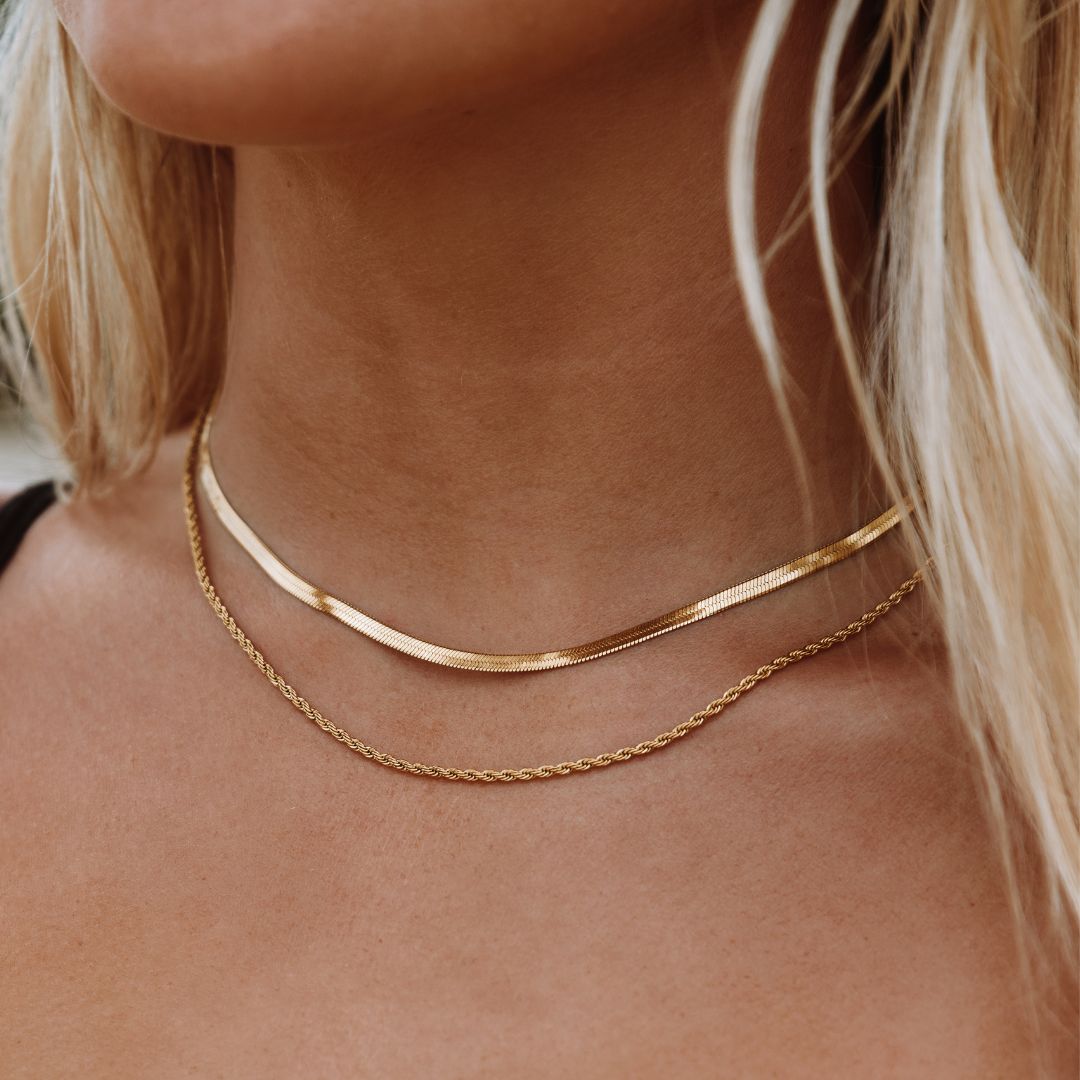





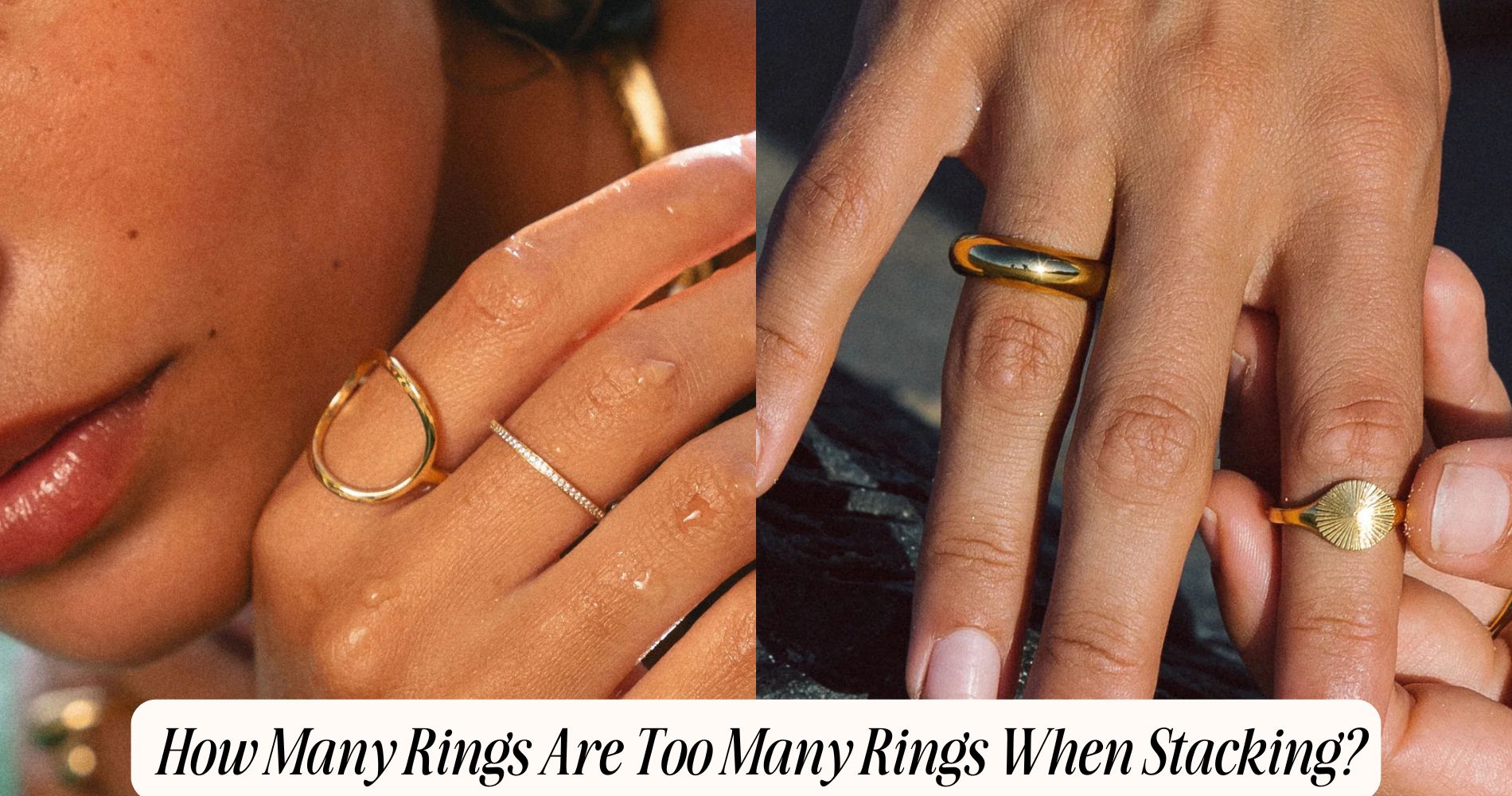





Leave a comment
This site is protected by hCaptcha and the hCaptcha Privacy Policy and Terms of Service apply.